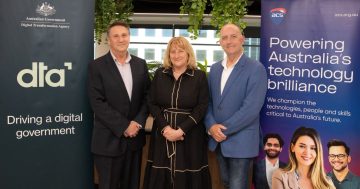
Digital integration is being pushed more than the ICT reuse policy. Photo: File.
Let’s talk about the Digital and ICT Reuse Policy, or as those who have had anything to do with it like to call it, Reuse.
Reuse was designed as a whole-of-government guide to digital standards with consideration for future ICT proposals.
But to put it simply – in three words even – Reuse hasn’t worked.
Agencies have been expected to apply the standards at each stage of their digital investment lifecycles.
According to the policy, all agencies had to consider three things when designing, proposing or delivering new government capabilities with a digital and ICT component or improving existing ones: reuse whenever possible, design and build for reuse, and enable reuse by others.
The policy was intended for anyone involved in developing digital and ICT proposals, designing or delivering government capabilities with a digital and ICT component, and improving existing government capabilities with a digital and ICT component.
But it’s a disaster and one of the reasons the troubled Digital Transformation Agency came unstuck (that and dodgy procurement practices).
Agencies across the APS are stuck with legacy systems that are no longer fit-for-purpose and taxpayers are worse off for it because the provision of services is nowhere near up to scratch.
Here’s why it hasn’t been working.
It’s too complicated. Policy rules are way over complex. There is not a single source of data for agencies to access.
Considering government policy is still designed in silos, no one-size-fits-all approach can be applied.
And making it all the more difficult is the fact that the foundation technology is old – it was built before e-government was even a thing.
Australia, along with much of the modern world, has looked to Estonia as an example of e-government done right.
The Northern European country is an e-government powerhouse. But it’s tiny – barely 1.3 million people. Another difference is it got the foundation technology right and built its systems in the late 1990s, whereas in Australia, there are legacy systems from the 80s.
People also seem to trust their government with personal information more in Estonia than they do here in Australia.
Plus, there’s only one government in Estonia. Australia is a federation with all its turf-protecting complications. So whereas citizens in Estonia are happy to have one ID for all services, there has been resistance to it in Australia. Here, we can still have different IDs depending on the services used.
Australia cannot emulate what has been a success in Estonia.
So instead of reuse, the language has turned to that of integration.
Government Services Minister Bill Shorten is doing his best to push a myGov mobile app as a single place, with a single ID number, for accessing government and even some private sector services.
Much of the plan is still being developed, with the app to be accompanied by a digital wallet for virtual government-issued cards. The integration push is basically building an engine room that draws in and stores information from various services and agencies.
The Reuse concept was more a reverse of that, where the hope was that technology would be pushed out and shared from one service and agency to another.
Reuse hasn’t worked but Shorten is onto something with the integration push.
Making the whole task so much more difficult, however, is when long-term ICT contractors are laid off en masse in one agency, as has just happened at Services Australia.
The thousand contractors laid off right before Christmas are taking with them a wealth of corporate knowledge that is not held anywhere else in the agency, so there is now a dire lack of technology expertise inside the agency. But that’s a whole other story.





















